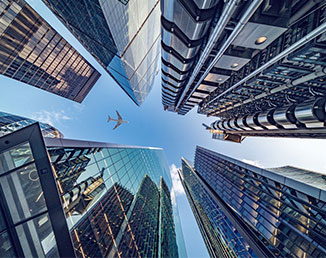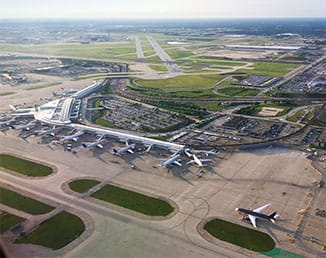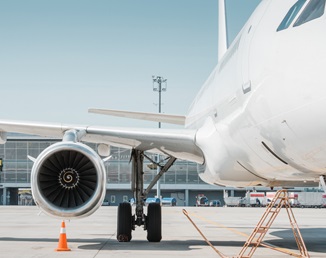

Andrew Doyle, Senior Director – Market Development, Cirium
Please note: this is part three of a three-part series. Read part one and two.
Taking a look at the Airbus and Boeing passenger types that made up the global in-service fleet in April 2024 – compared with the previous emissions peak in July 2019 – most notable has been the introduction of approaching 1,500 latest-generation 737 Max aircraft (since the type’s worldwide grounding order was lifted in late-2020), and the addition of almost 1,800 A320neo and A321neo aircraft. Meanwhile the in-service fleet of previous-generation A320ceos has declined by more than 500 and more than 450 737-800s have been removed.
On the widebody side, only 20 ageing passenger-configured 747-400s remain in service – down from 130 – and the legacy 767-300 fleet is reduced by approaching 190 units. The active A380 fleet has fallen from 233 to 160 and there are over 110 fewer A330-300s in service. These have been replaced and supplemented by almost 400 additional latest-generation A350s and A330neos, together with more than 270 787s. The combined in-service Airbus and Boeing passenger jet fleets have grown by over 1,000 units to almost 21,000 over this five-year period, which has more than offset the per-flight efficiency gains resulting from the increasing prevalence of latest-generation engine technology.

Here’s our take.
The commercial aviation industry stands at a crossroads, facing the dual challenge of meeting growing travel demand while drastically reducing its environmental impact. The path forward requires a concerted effort from airlines, aircraft manufacturers, governments, and stakeholders to invest in sustainable technologies and fuels.

Addressing the urgency of the situation, embracing innovation, and committing to ambitious carbon reduction targets are essential steps to ensure that the future of air travel aligns with the planet’s health. The journey towards sustainability is a complex one, but with proactive measures and collaborative initiatives, the aviation industry can rise to meet this critical challenge.
Learn more about accurate aircraft and flight emissions insights; Emerald Sky Aircraft and Flight Emissions.


























































